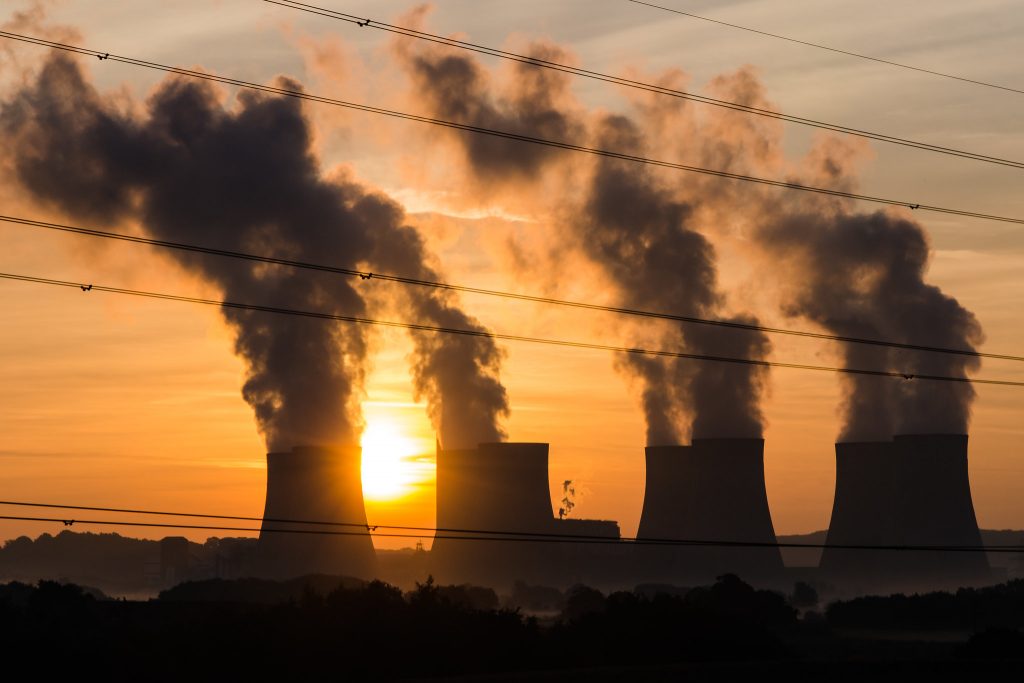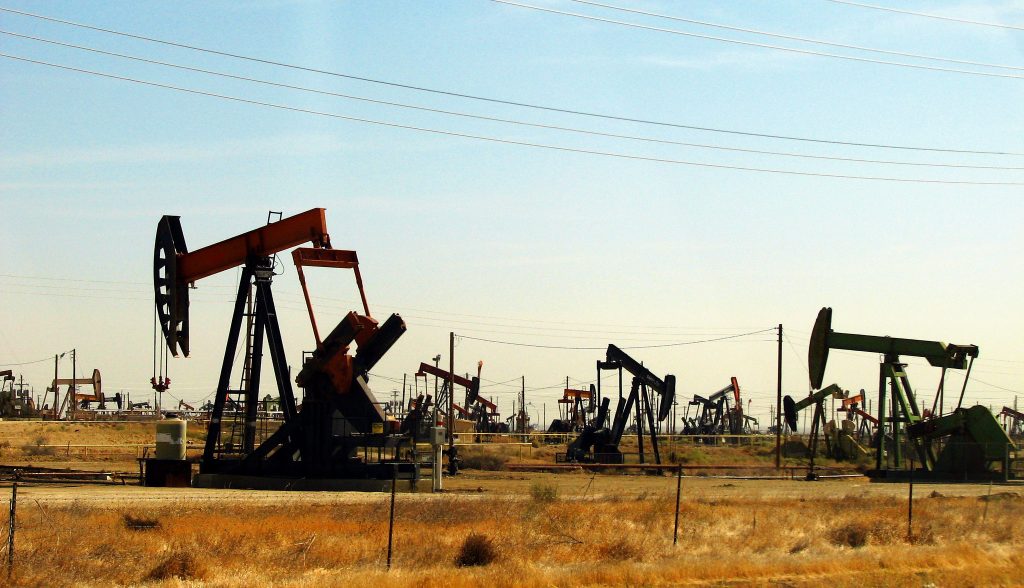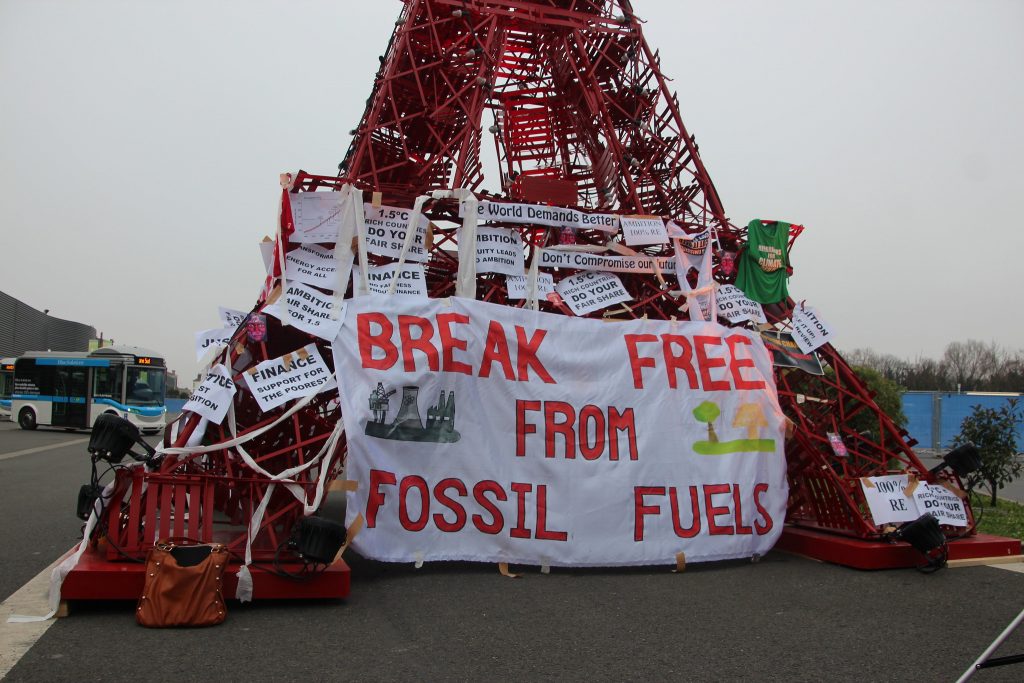In the lead up to the 26th UN Climate Change Conference of the Parties (COP26) in November of this year, we are writing a series of articles looking at some of the toughest global climate crisis challenges that we are currently facing. This article looks at the use of fossil fuels and their contribution to climate change.

What are fossil fuels?
Fossil fuels include coal, natural gas, heavy oils and petroleum. They are formed from the decomposition of carbon-based organisms that were buried millions of years ago. This created carbon and hydrogen-rich deposits below the earth’s surface, which can be extracted and burned for energy. Fossil fuels are non-renewable, a finite resource that is being used much faster than can be replenished, but this type of fuel currently supplies around 80% of the world’s energy.
How are they extracted and what are the impacts?
There are several methods of extracting fossil fuels, depending on the type, amount and surrounding area. The main method for extracting solid fossil fuels, such as coal, is mining, where buried resources are exposed by digging or scraping. This can be underground, on the surface or even at sea. Land-use changes associated with mining, such as the construction of access roads, processing plants and other facilities, and the mining itself, have a wide range of environmental impacts. The extraction of coal can pollute local water sources with toxic chemicals and heavy metals, reduce the quality of soil, involve excess dumping of rock and soil and strip the land of vegetation. There are also some very destructive techniques such as the use of explosives, which can have a widespread impact on the local wildlife.
For liquid or gaseous fuels, the method most often used is drilling. This has similar land-use change impacts to mining, but drilling also involves pipelines, the building of which can cause thousands of miles worth of damage. There is also the threat of spillage, such as recently occurred in North Dakota, where nearly 41,000 gallons of wastewater was spilt from a broken pipeline. Oilfield wastewater, also called produced water, contains saltwater and drilling chemicals, including heavy metals. It is not drinkable and can have serious environmental consequences when it’s spilt.
Fracking is another method used to extract gas. The environmental impacts from this method include the release of carcinogenic chemicals into water sources, earthquakes and reduced water availability due to the high volume needed for the fracking process.

What happens when we burn fossil fuels?
Burning fossil fuels generates energy, which is converted to electricity and used for industrial processes and transportation. Since the industrial revolution, our use of fossil fuels has been steadily increasing. The use of fossil fuels is thought to be the primary cause of climate change. Burning these fuels releases carbon dioxide and other greenhouse gases into the atmosphere at a much faster rate than it can be removed by the carbon cycle. These gases accumulate in the atmosphere, intensifying the greenhouse effect and increasing global average temperatures.
Burning fuels also increases the acidity of precipitation, causes ocean acidification and emits air pollutants, causing respiratory disease.
What are the alternatives?
There are many different alternatives to fossil fuels, each with their own benefits and drawbacks. From hydrogen gas, tidal energy, wind energy, geothermal power, biomass energy, biofuels to wave and solar power, there are several options that companies and countries can use to reduce their carbon footprint. The benefits are reduced direct emissions, the potential for lower fuel prices and that they are renewable energy sources. However, some have their own negative impacts on the environment. For example, wind farms can be harmful to birds, some solar panels are manufactured using heavy metals and are difficult to recycle, and hydrogen gas is mostly produced from fossil fuels. Therefore, simply switching over from fossil fuels to renewable is not an easy process.
However, a higher percentage of the UK’s electricity was powered by renewable energy than fossil fuels in 2020. Renewables powered 43% of our electricity compared to the 38.5% powered by fossil fuels. Together with nuclear power, 59% of the UK’s electricity was powered by low carbon sources. This demonstrates that large-scale use of renewable energy is possible and that we are taking steps on our way to becoming a net-zero country.

What is net zero and is it really the solution?
Net zero is the balance between the amount of carbon dioxide and other greenhouse gases produced and the amount removed from the atmosphere. This can refer to the emissions of individual people, companies, countries and the world. It does not mean that fossil fuels will no longer be used however, it instead means that the amount of emissions released is the same as the amount removed. This can be achieved without completely cutting out our emissions output by increasing the removal of greenhouse gases through techniques such as planting trees or capturing carbon during industrial processes. While finding a balance is an important step in tackling climate change as it will reduce global warming, it is not the final solution. The continued use of fossil fuels will have other negative environmental implications, even if our emissions are balanced.
True zero refers to the complete removal of carbon-emitting fuel types from our energy supply or carbon offsetting when using these fuels when renewable energy supplies fall short. This also includes cutting all greenhouse gas emissions, including from sources other than fossil fuels. Carbon negative refers to a carbon footprint that is less than neutral and therefore is removing more carbon dioxide from the atmosphere than it is adding. Only two countries are thought to have reached net zero, Bhutan and Suriname, and both claim to be carbon negative. However, both countries still use fossil fuels.
We are already seeing the effects of climate change and the increased average global temperatures. At the 1.5°C increase that the Paris Agreement aims to limit the rise to, we will see even more serious consequences (you can read more about this in our blog: Climate Challenges: What is COP26 and Why is it Important?). One way to truly tackle climate change is to begin reducing atmospheric carbon and greenhouse gases to pre-industrial revolution levels, hopefully allowing average global temperatures to also reduce to pre-industrial revolution levels. To achieve this, more countries must become either true zero or carbon negative.
Summary
• The extraction and burning of fossil fuels have serious negative environmental consequences, including temperature increase, air pollutants and water contamination. The amount of greenhouse gases in the atmosphere has steadily been increasing since the industrial revolution.
• There are multiple alternative energy sources, including renewables, but these can also have negative impacts on the environment. They powered more electricity in the UK than fossil fuels in 2020.
• Net zero is the balance between greenhouse gases produced and the amount removed from the atmosphere. True zero refers to cutting all carbon and greenhouse gas emissions. Carbon negative means removing more carbon dioxide from the atmosphere than is being added. One way to tackle climate change is for countries to aim for true zero or carbon negative to reduce the amount of greenhouse gases in the atmosphere.
Useful resources
• Martins, F., et al. (2019). Analysis of Fossil Fuel Energy Consumption and Environmental Impacts in European Countries. Energies, 12(6): 1-11
• This article on renewable energy generation in the UK in 2020: https://www.offshorewind.biz/2021/03/25/renewable-energy-outperforms-fossil-fuels-in-uk/







